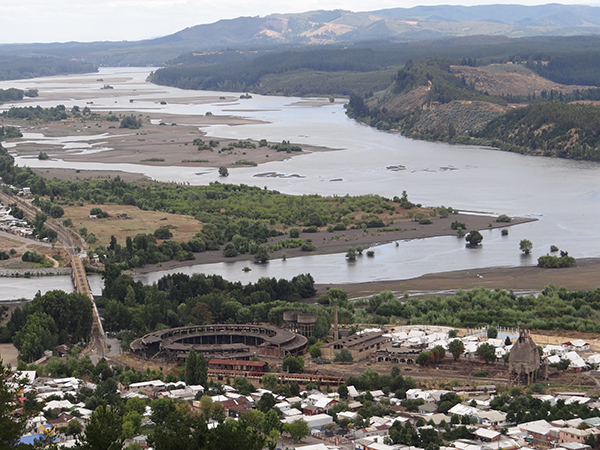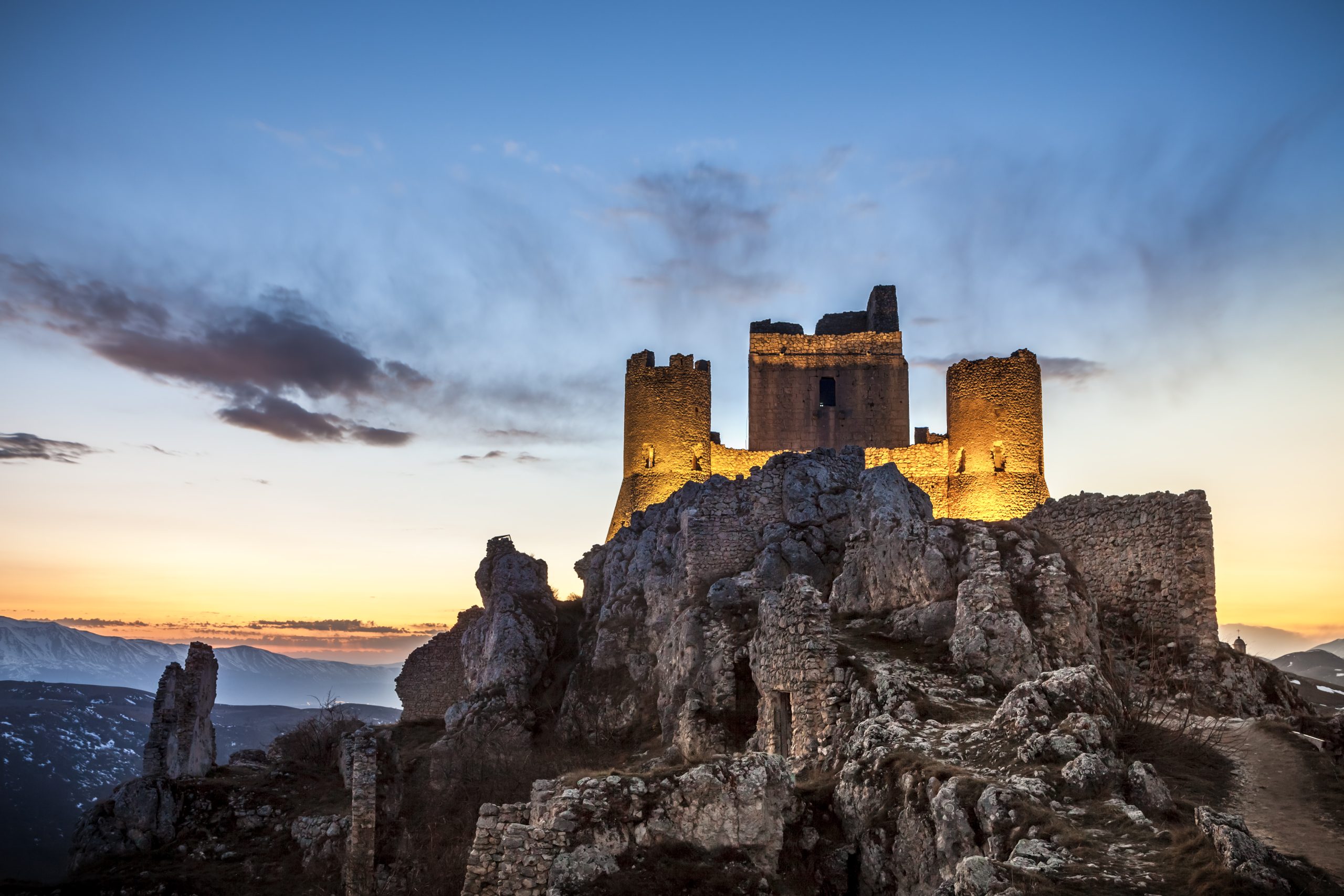Ancient vines find new voice in Chile’s emerging Río Laja Valley
Chile’s Laja Valley, home to centuries-old vines, is being repositioned as a new frontier for the country’s wine tourism sector.

A long-overlooked corner of Chile’s south is gaining attention as a promising new wine region. The Río Laja Valley, with over 150 years of winemaking tradition, is now emerging as a viticultural and tourism destination, thanks to renewed efforts by local producers and wine tourism specialists.
Located 90 minutes south of the Itata Valley, the region stretches from Laguna del Laja in the Andes to the Biobío River. The valley is home to century-old País vines and pre-phylloxera European varieties, many of which remain unidentified. Rustic wines made from these vines are mostly sold locally.
“The Río Laja runs for many kilometres before merging with the Biobío River, creating an incredible diversity of terroirs,” said Maximiliano Morales, agricultural engineer and founder of Andes Wines. “Local producers craft rustic wines that are mainly sold in the region, and many are in the midst of a generational transition.”
Terroir shaped by water and fire
The region’s standout natural landmark, the Salto del Laja waterfalls, cuts through volcanic rock formed by prehistoric eruptions. The tallest of the falls measures 35 metres high and 40 metres wide, and has become a major draw for tourists.
Partner Content
Viticulturally, the valley benefits from cool Pacific breezes channelled inland via the Biobío River basin. A temperate climate with cool winters, warm days, and cold nights provides favourable conditions for quality grape growing.
Vineyards planted by Spanish settlers over 150 years ago still grow on the southern bank of the Río Laja. On the northern side, near San Rosendo in the Peñaflor area, ancient vines of Malbec, Cabernet Franc, and Cabernet Sauvignon continue to thrive.
Wine tourism initiative launched
AndesWines.com has launched a wine tourism experience in the Peñaflor area, offering visits to family-run wineries such as Tierra Firme. Guests can sample heritage wines made from old vine País and Malbec, and trek to a little-known 150-year-old Cabernet Sauvignon vineyard on private land.
The tour is led by Morales himself. Travellers can access the region via flights to the Biobío Region, followed by a train to San Rosendo. Alternatively, a rail journey from Santiago to Chillán, then on to Concepción and finally San Rosendo, offers a scenic route into the valley.
“On the southern bank of the Río Laja, many over-150-year-old vineyards were originally planted by Spanish settlers that have not been identified yet. Across the river, on the northern slopes in the Peñaflor area, you’ll find ancient vines of Malbec, Cabernet Franc, Cabernet Sauvignon, and others still thriving today, in the San Rosendo area”, Morales further explained.
Related news
All the medallists from The Global Syrah Masters 2025





Thank you very much for this wonderful piece by Sophie Arundel.
It’s a meaningful challenge—and an exciting opportunity—to help create new possibilities for small, rural wine and grape producers in Chile’s ancient, historic territories. Stay tuned—many more wine explorations to come!